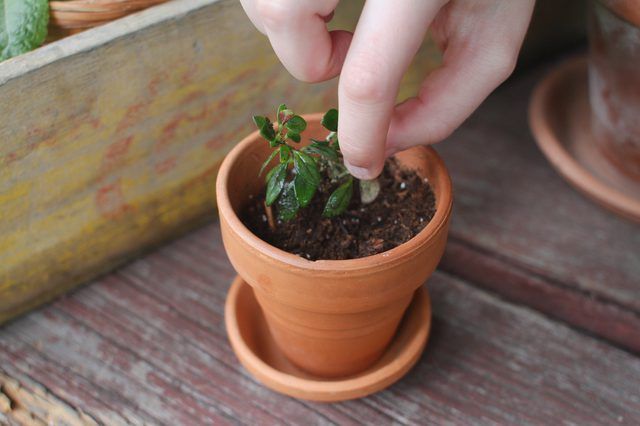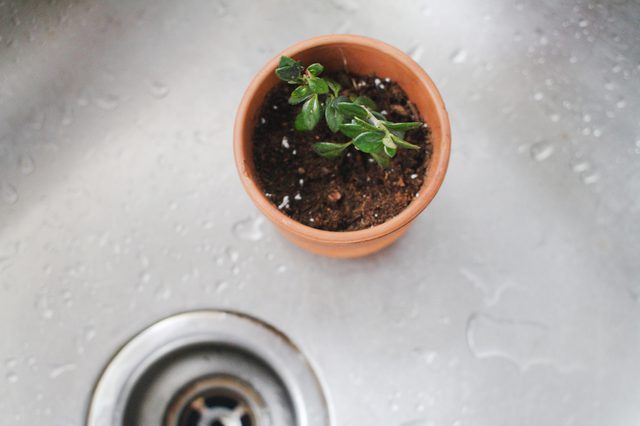Bulbs
Flower Basics
Flower Beds & Specialty Gardens
Flower Garden
Garden Furniture
Garden Gnomes
Garden Seeds
Garden Sheds
Garden Statues
Garden Tools & Supplies
Gardening Basics
Green & Organic
Groundcovers & Vines
Growing Annuals
Growing Basil
Growing Beans
Growing Berries
Growing Blueberries
Growing Cactus
Growing Corn
Growing Cotton
Growing Edibles
Growing Flowers
Growing Garlic
Growing Grapes
Growing Grass
Growing Herbs
Growing Jasmine
Growing Mint
Growing Mushrooms
Orchids
Growing Peanuts
Growing Perennials
Growing Plants
Growing Rosemary
Growing Roses
Growing Strawberries
Growing Sunflowers
Growing Thyme
Growing Tomatoes
Growing Tulips
Growing Vegetables
Herb Basics
Herb Garden
Indoor Growing
Landscaping Basics
Landscaping Patios
Landscaping Plants
Landscaping Shrubs
Landscaping Trees
Landscaping Walks & Pathways
Lawn Basics
Lawn Maintenance
Lawn Mowers
Lawn Ornaments
Lawn Planting
Lawn Tools
Outdoor Growing
Overall Landscape Planning
Pests, Weeds & Problems
Plant Basics
Rock Garden
Rose Garden
Shrubs
Soil
Specialty Gardens
Trees
Vegetable Garden
Yard Maintenance
How to Care for Goldfish Plants
How to Care for Goldfish Plants. The bright orange to orange-red blossoms displayed on the trailing vines of goldfish plants (Columnea spp.) glow in the bright filtered light from a window. Native to Costa Rica, Columnea microcalyx is hardy in the warm, frost-free temperatures of U.S. Department of Agriculture plant hardiness zones 11 through 12;...
The bright orange to orange-red blossoms displayed on the trailing vines of goldfish plants (Columnea spp.) glow in the bright filtered light from a window. Native to Costa Rica, Columnea microcalyx is hardy in the warm, frost-free temperatures of U.S. Department of Agriculture plant hardiness zones 11 through 12; some other goldfish plants' hardiness range includes USDA zone 10. Normally grown as houseplants, goldfish plants thrive when planted in a loose, well-drained potting mix. They require relatively simple care when grown in a humid atmosphere with a temperature above 60 degrees Fahrenheit, ideally at 65 degrees Fahrenheit. Those conditions keep the plants green and lush.

Things You'll Need
Watering device
Warm- or cool-steam humidifier
15-15-15 liquid fertilizer
Disposable teaspoon
1-gallon bucket or water bottle
Dish-washing liquid
Step 1
Place each goldfish plant's flowerpot or hanging basket in a location that receives at least 13 hours of bright filtered light or dappled sunlight daily.

Step 2
Water the plants when the potting mix is nearly dry. Add enough water to wet the potting mix and drain from the bottom of the plants' flowerpots or other containers. Reduce watering in winter, when the plants' growth slows, to once every two to four weeks. Avoid overwatering. Otherwise, root rot may develop.

Step 3
Keep the air around the goldfish plants humid by using a warm- or cool-steam humidifier. Misting with a spray bottle to provide humidity is inconsistent and less efficient than using a warm- or cool-steam humidifier.

Step 4
Fertilize twice each month with a 15-15-15 liquid fertilizer solution when the plants grow actively. Mix 1/2 teaspoon of the fertilizer with 1 gallon of water, and pour the solution over the potting mix until it drips from the bottom of the plants' containers.

Step 5
Remove dead blossoms and pinch back rapidly growing stems with your fingers as needed throughout the year. Cutting back dangling stems forces the plants to produce more stems, thickening the plants' growth.

Step 6
Monitor the goldfish plants for pests such as aphids and whiteflies. Aphids are soft insects that may be green, yellow or other colors; they often are in large groups on tender new growth. Whiteflies are white and found on the undersides of leaves. Most pests can be removed easily either by rinsing the plants outdoors with a blast of water or by gently washing their leaves with a mixture of 1 gallon of water and two or three drops of dish-washing liquid over a sink.
